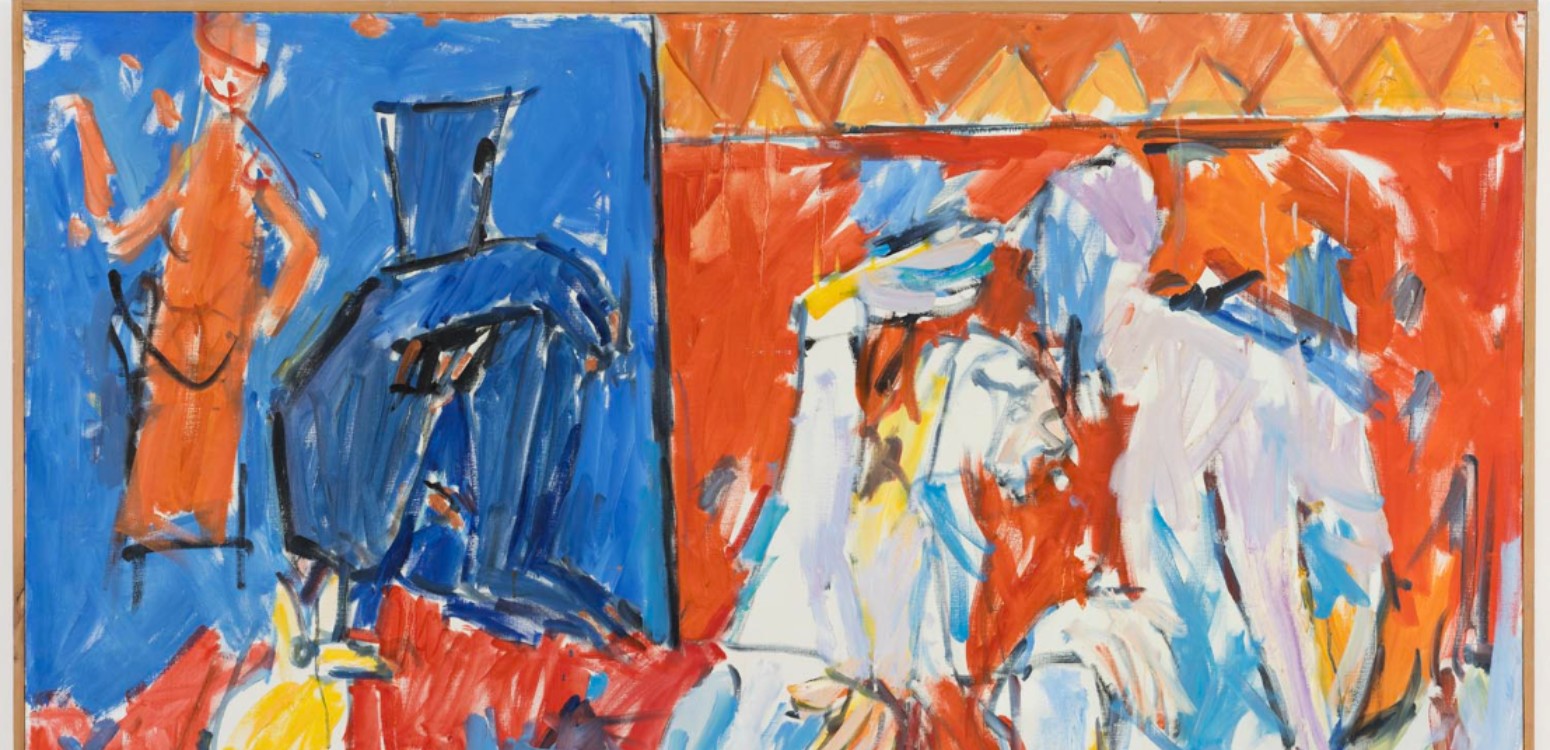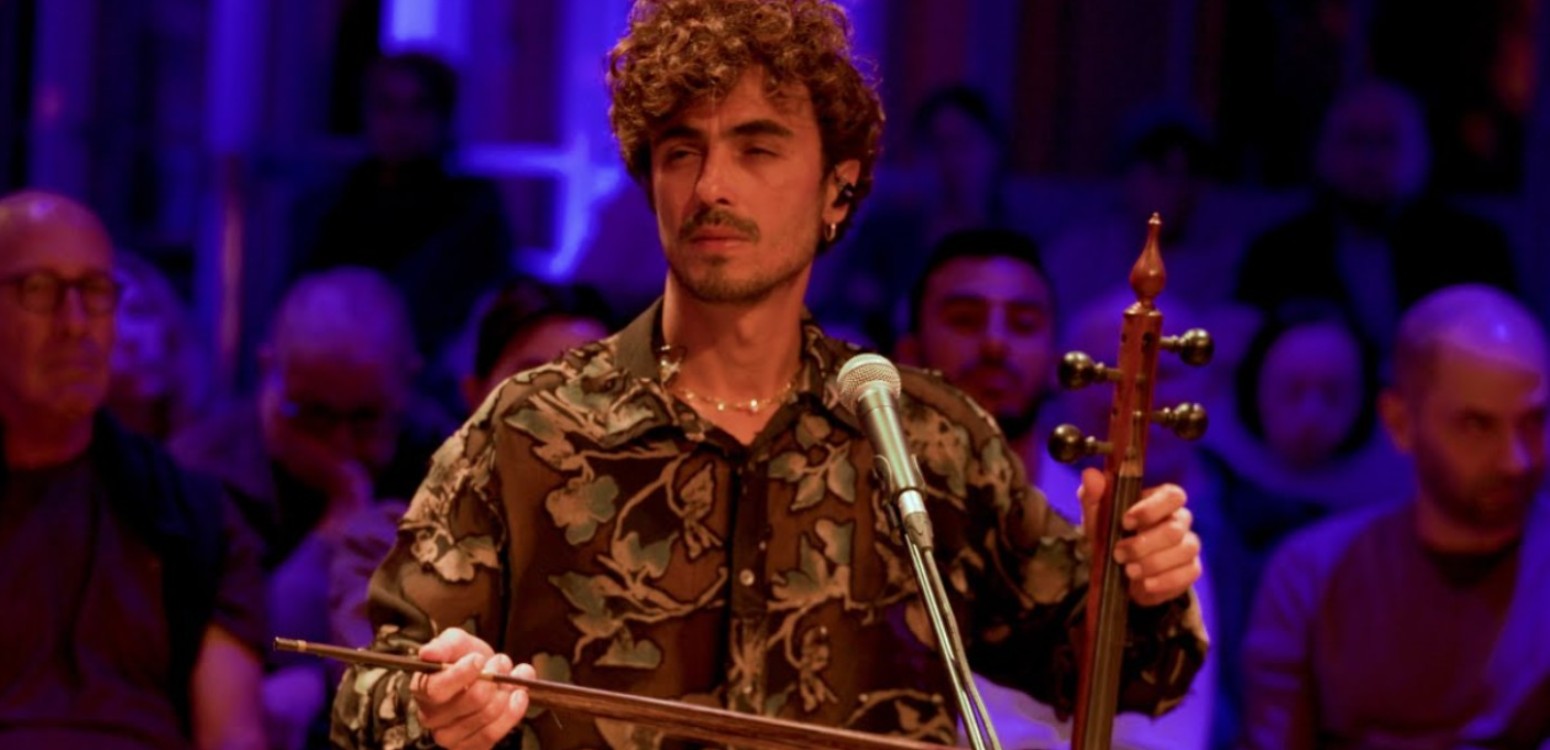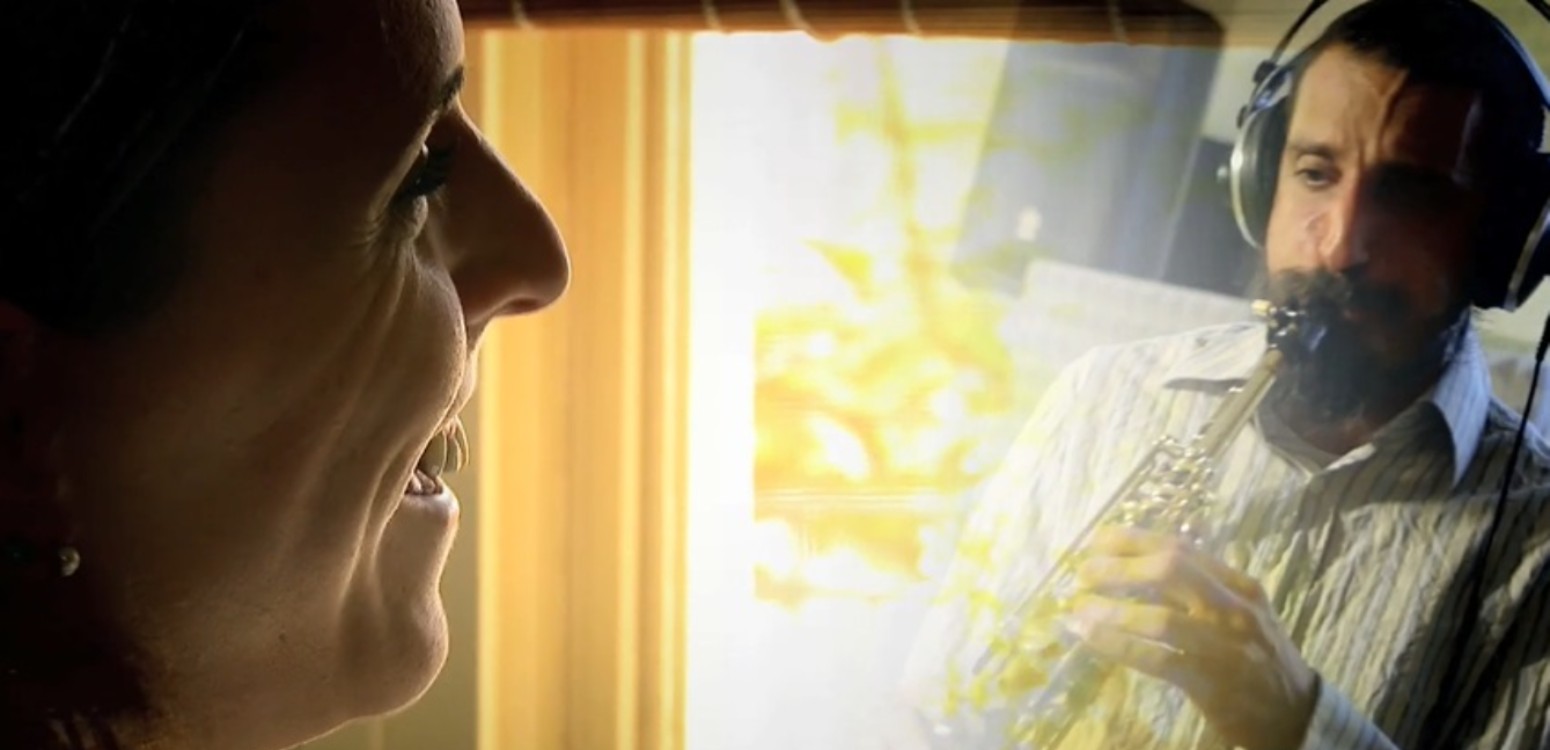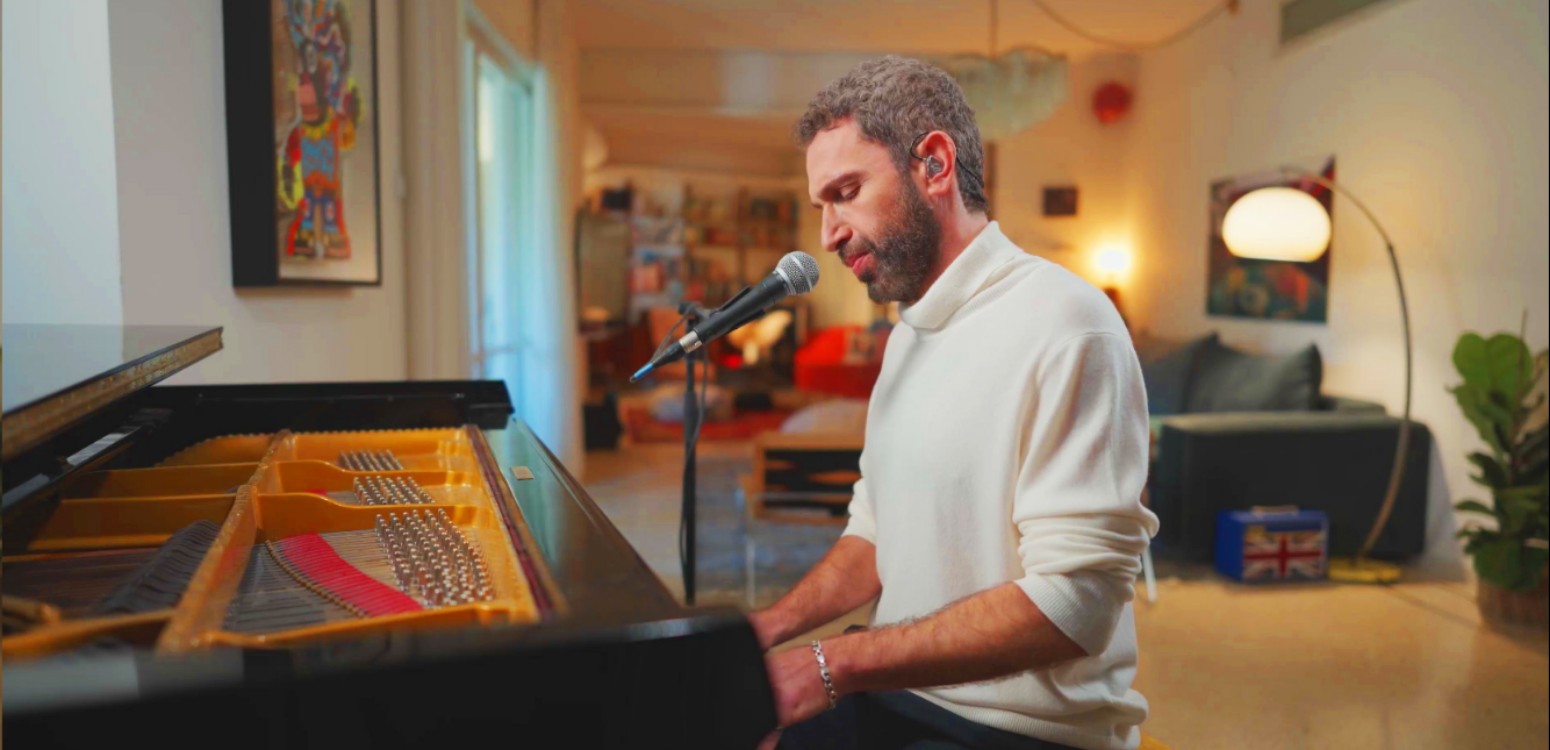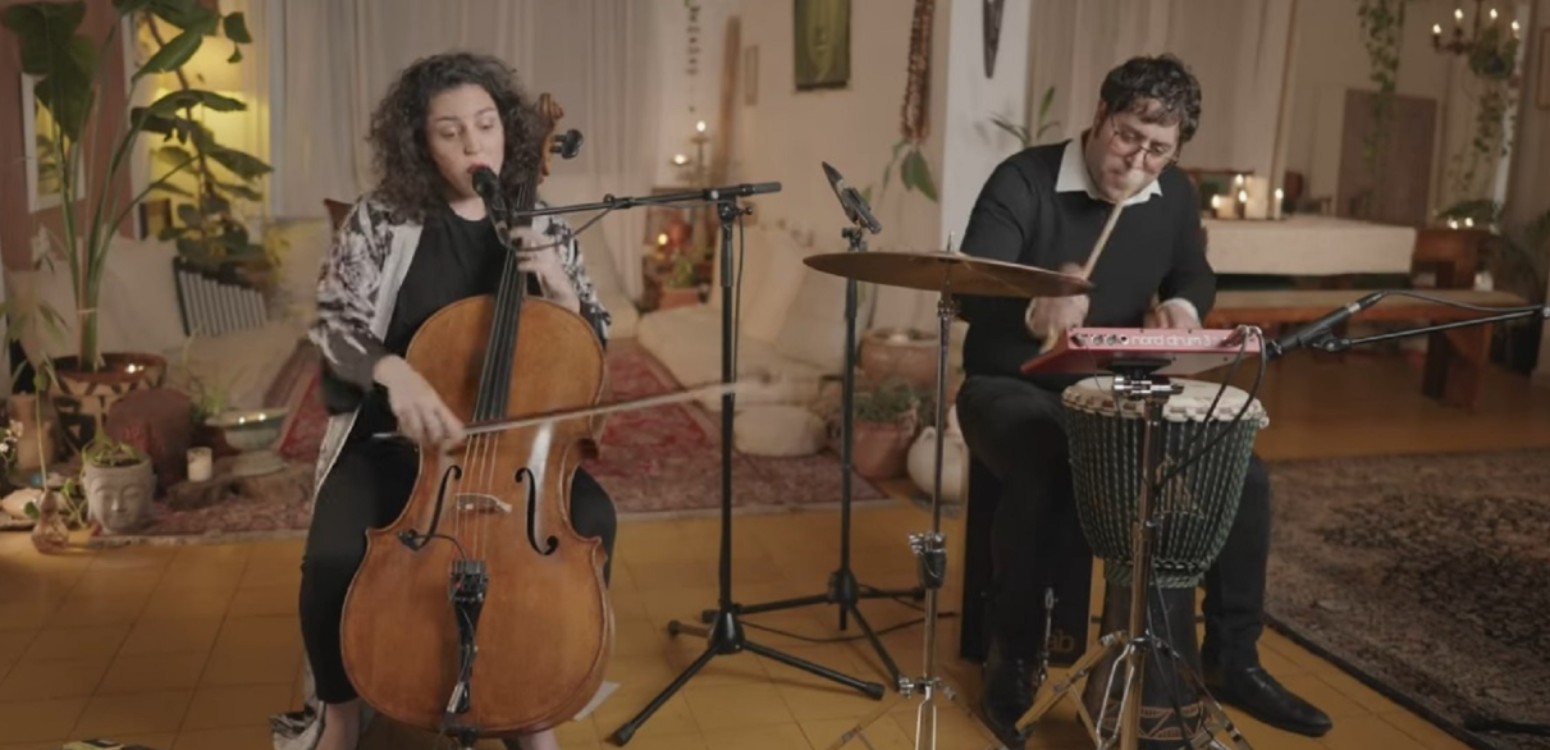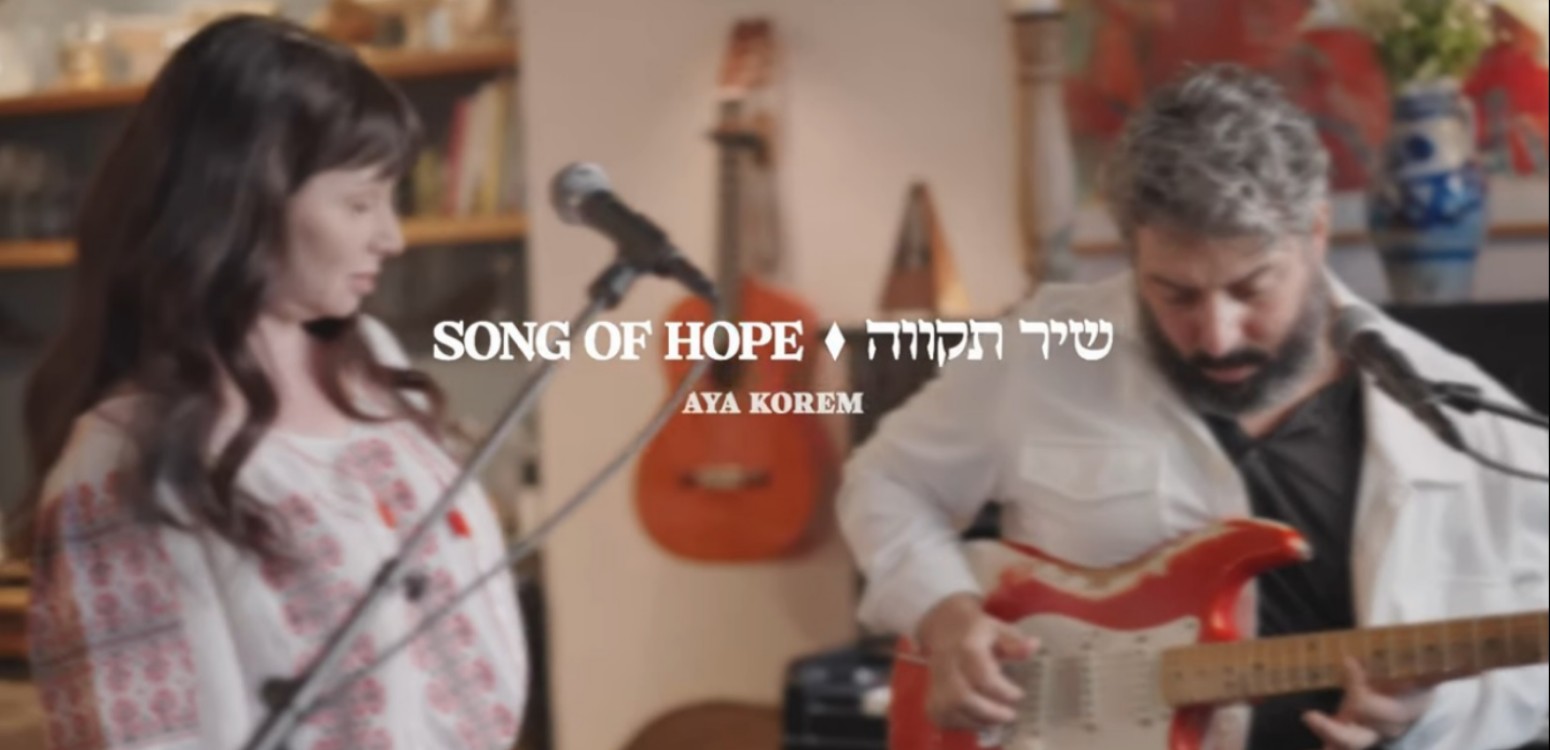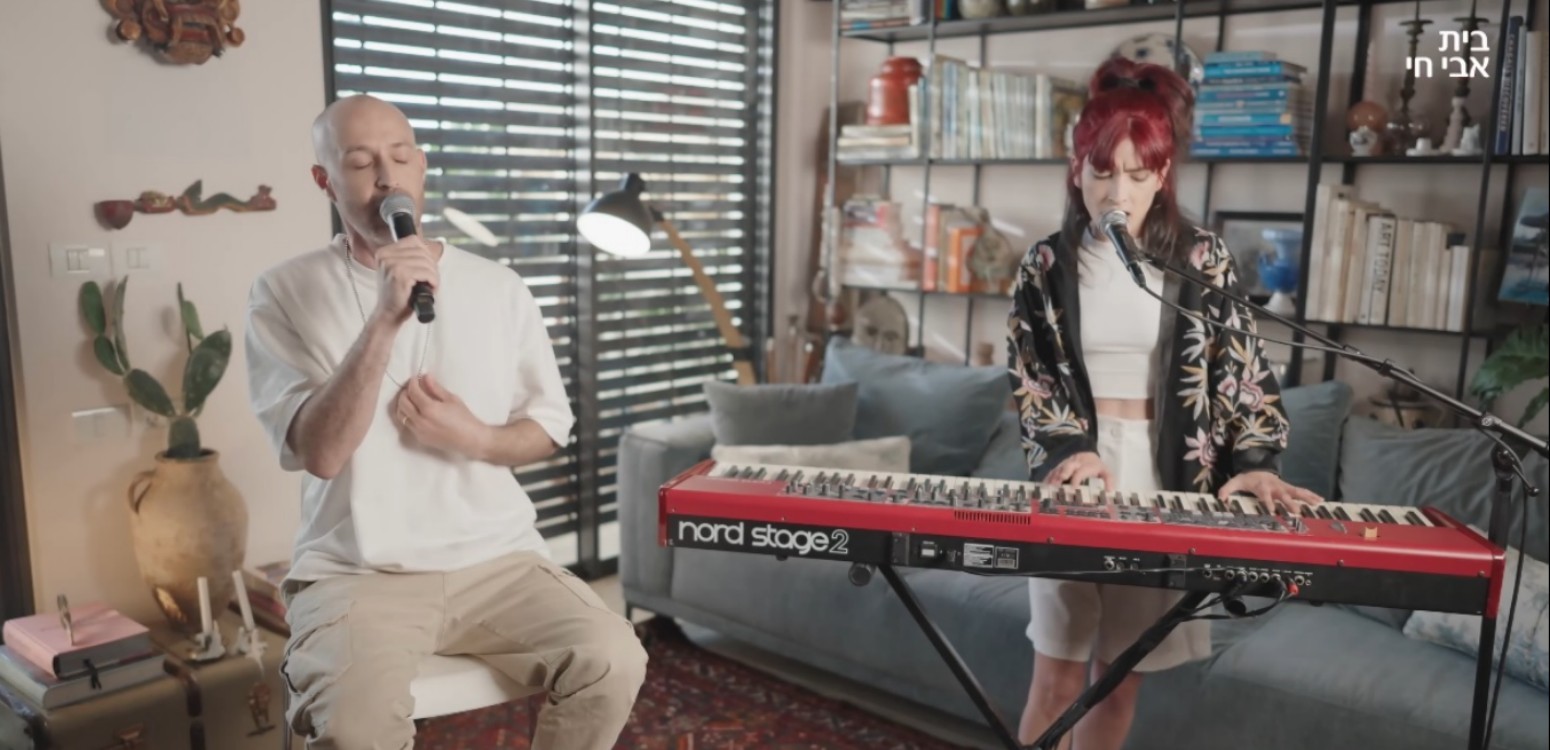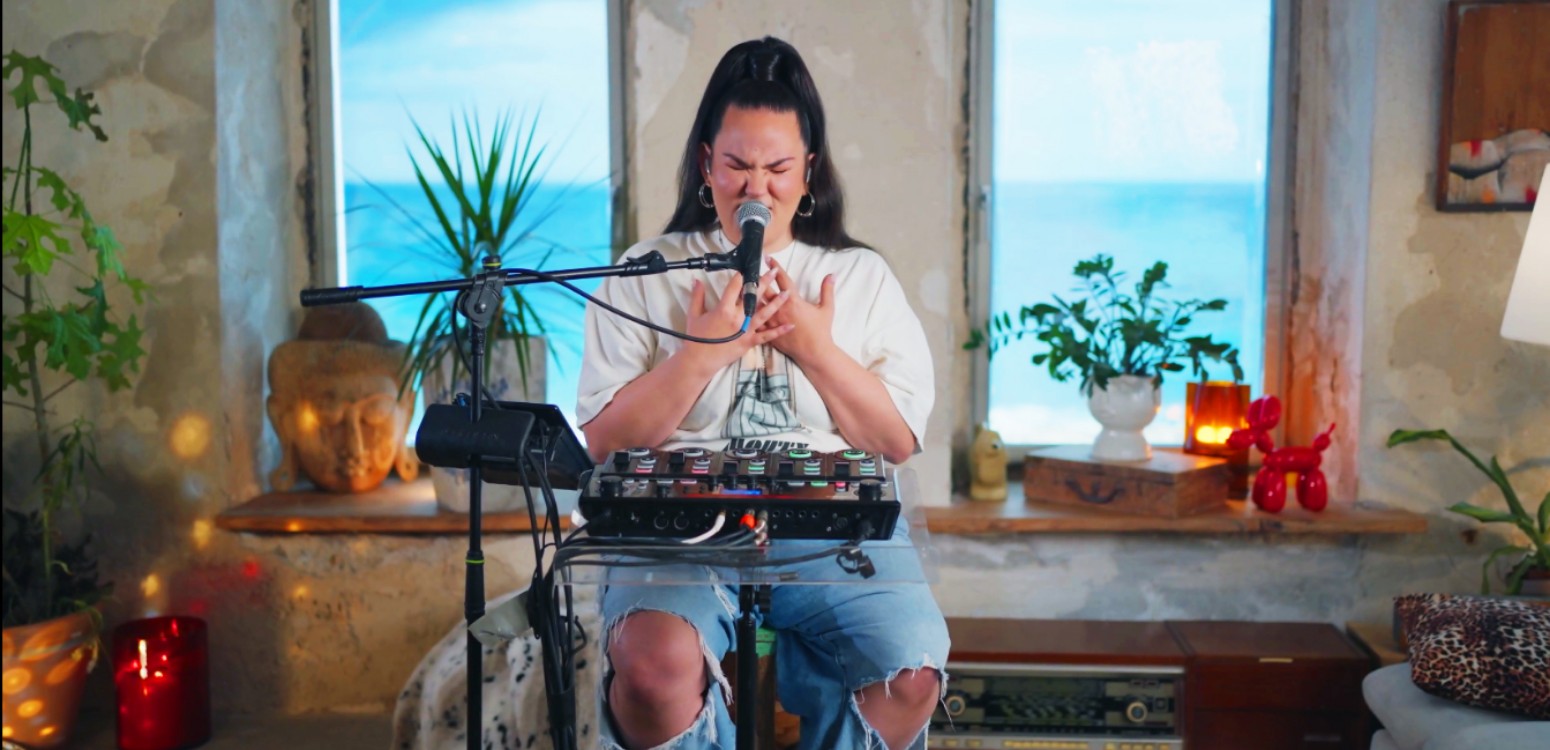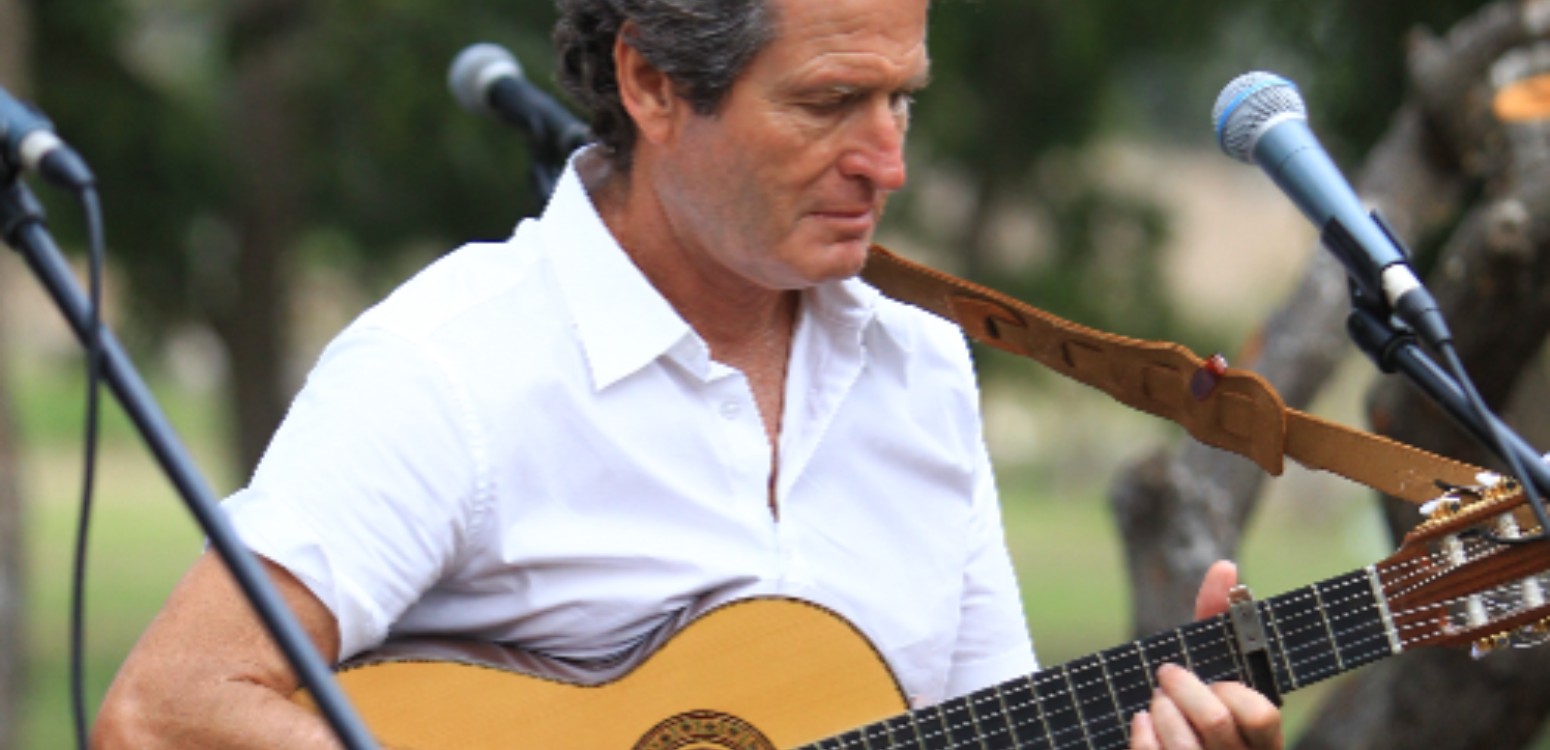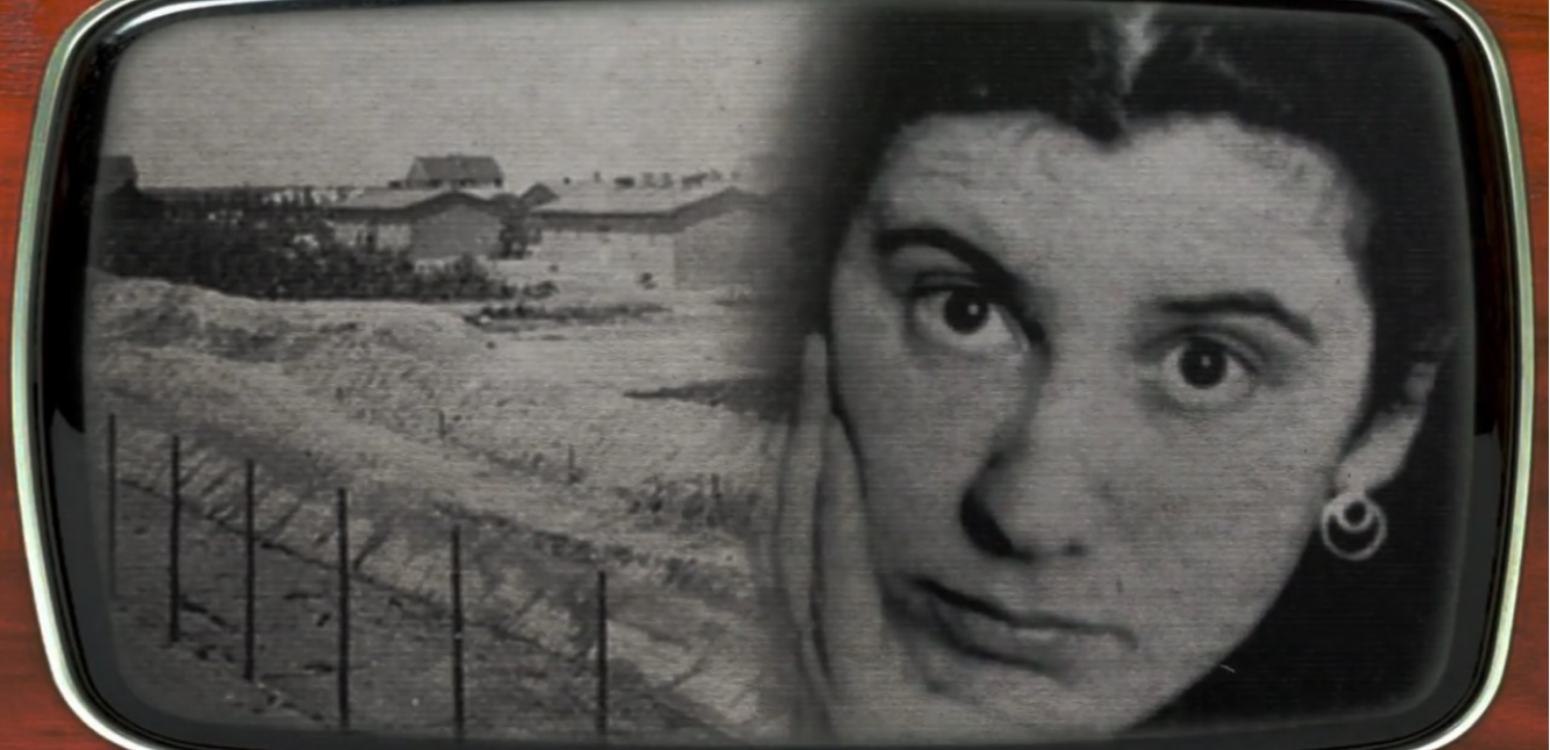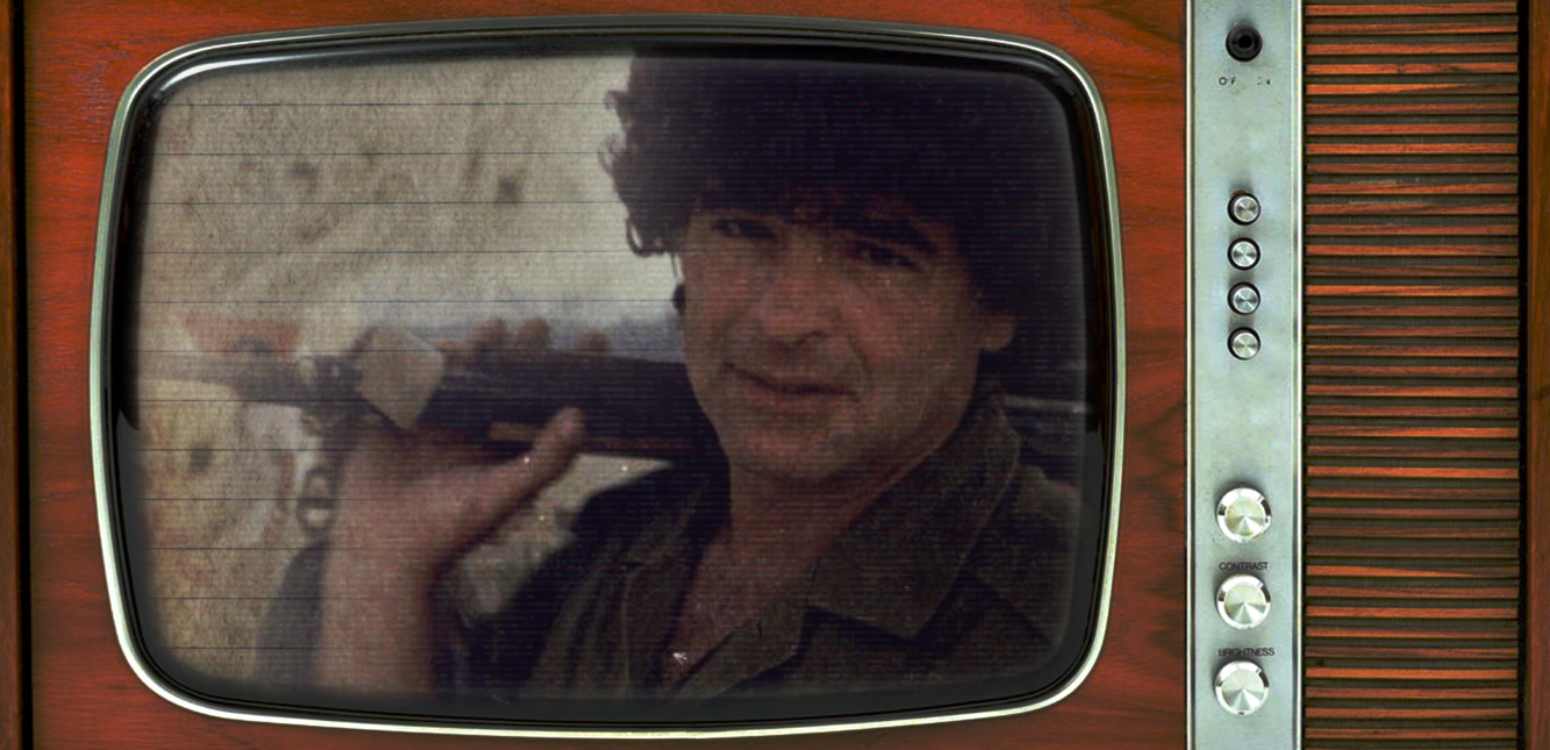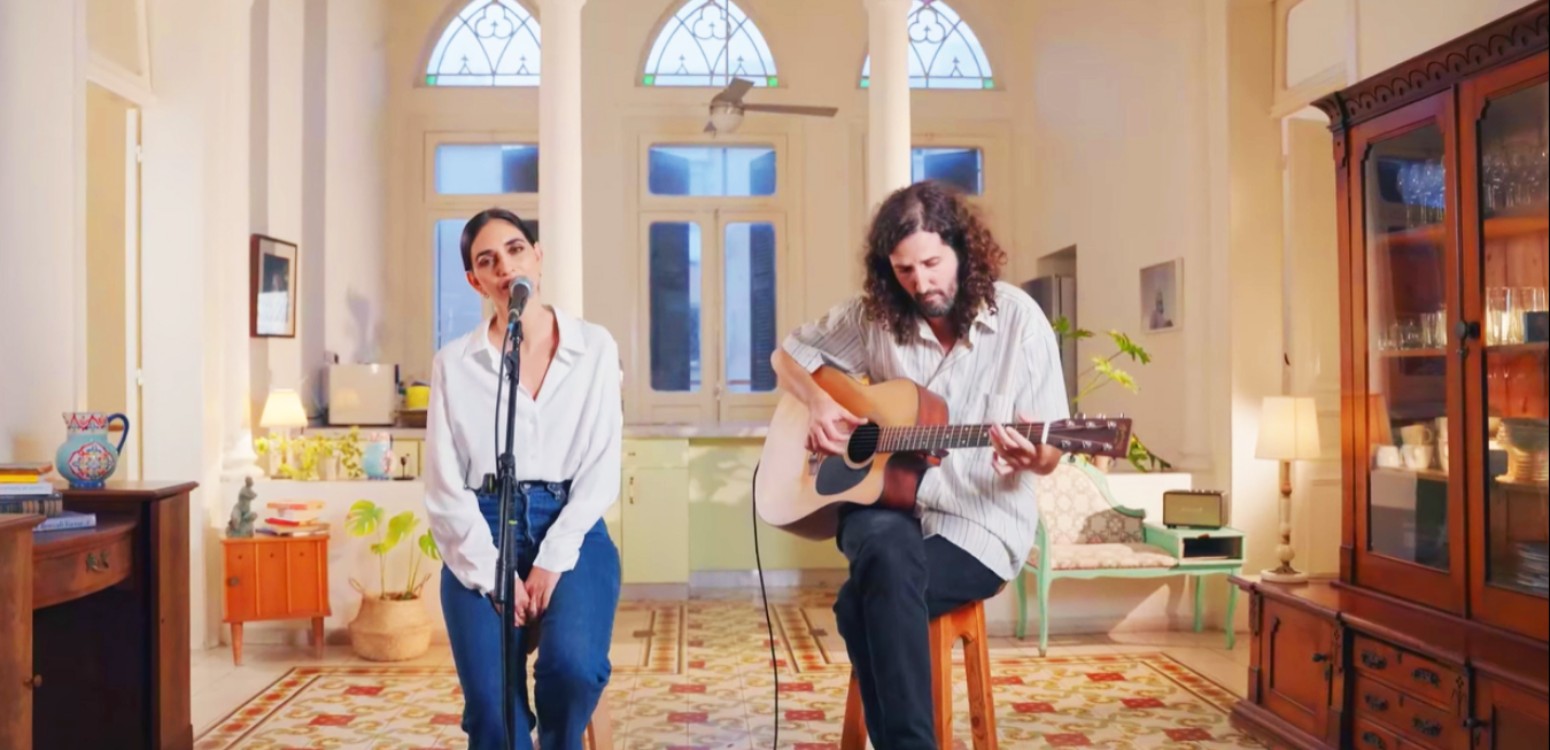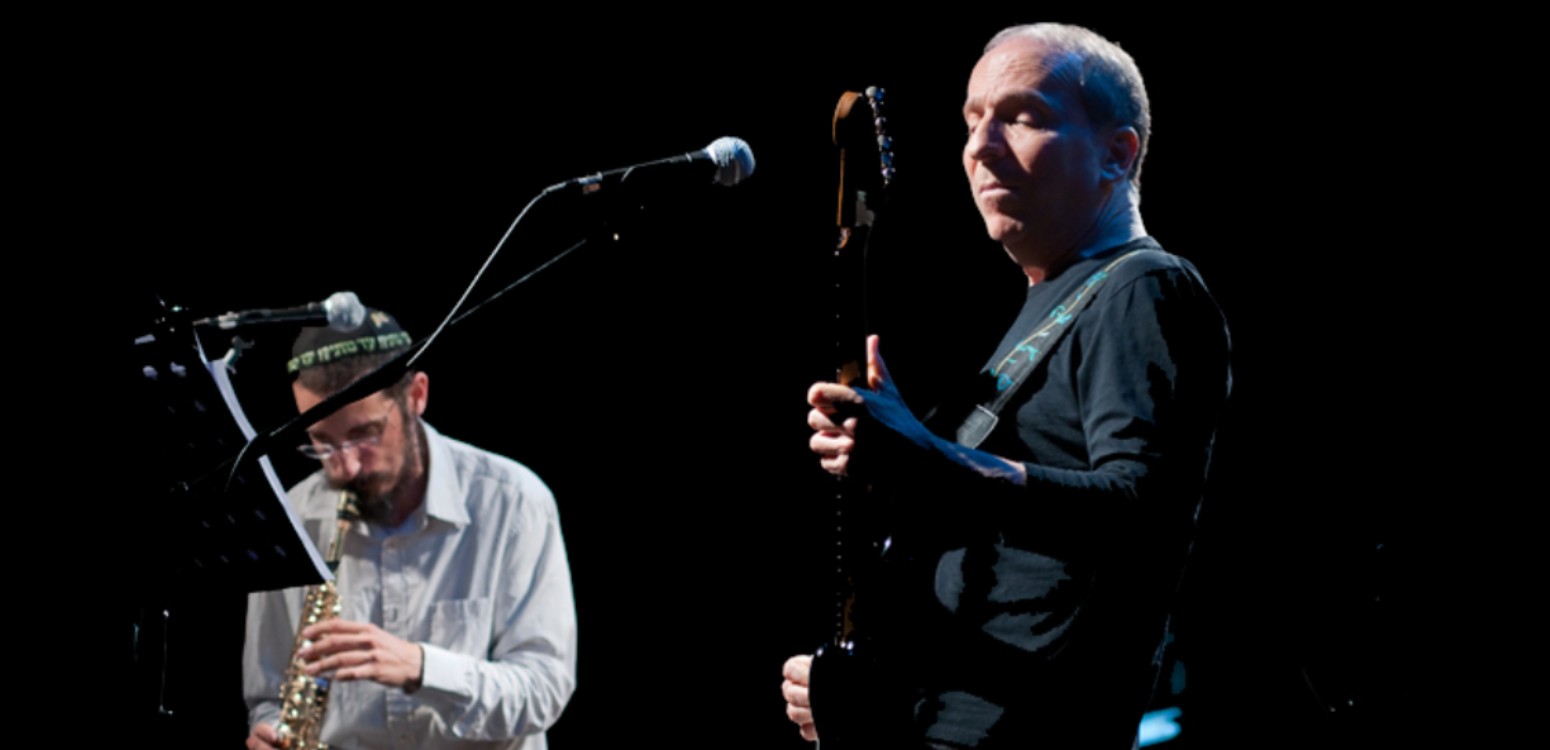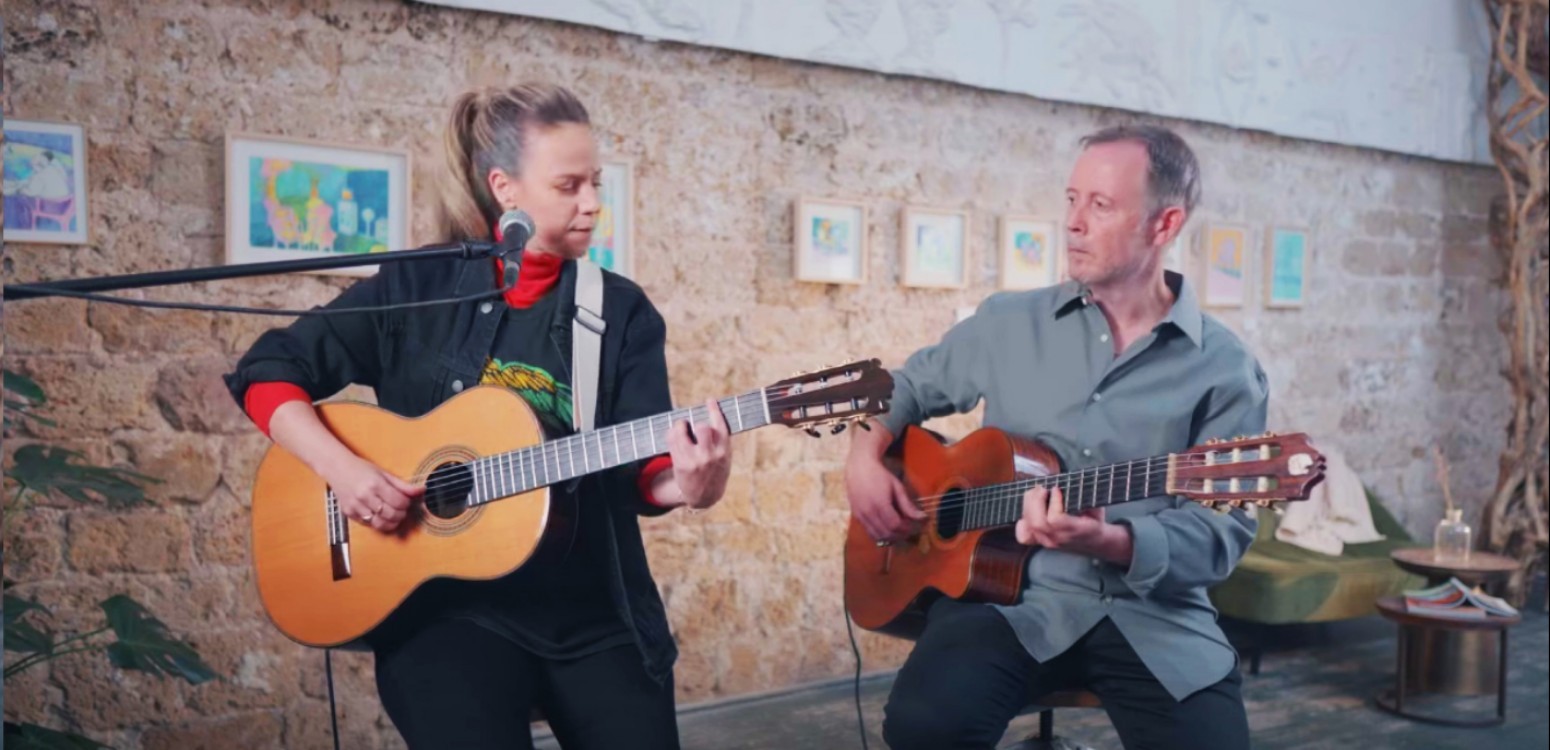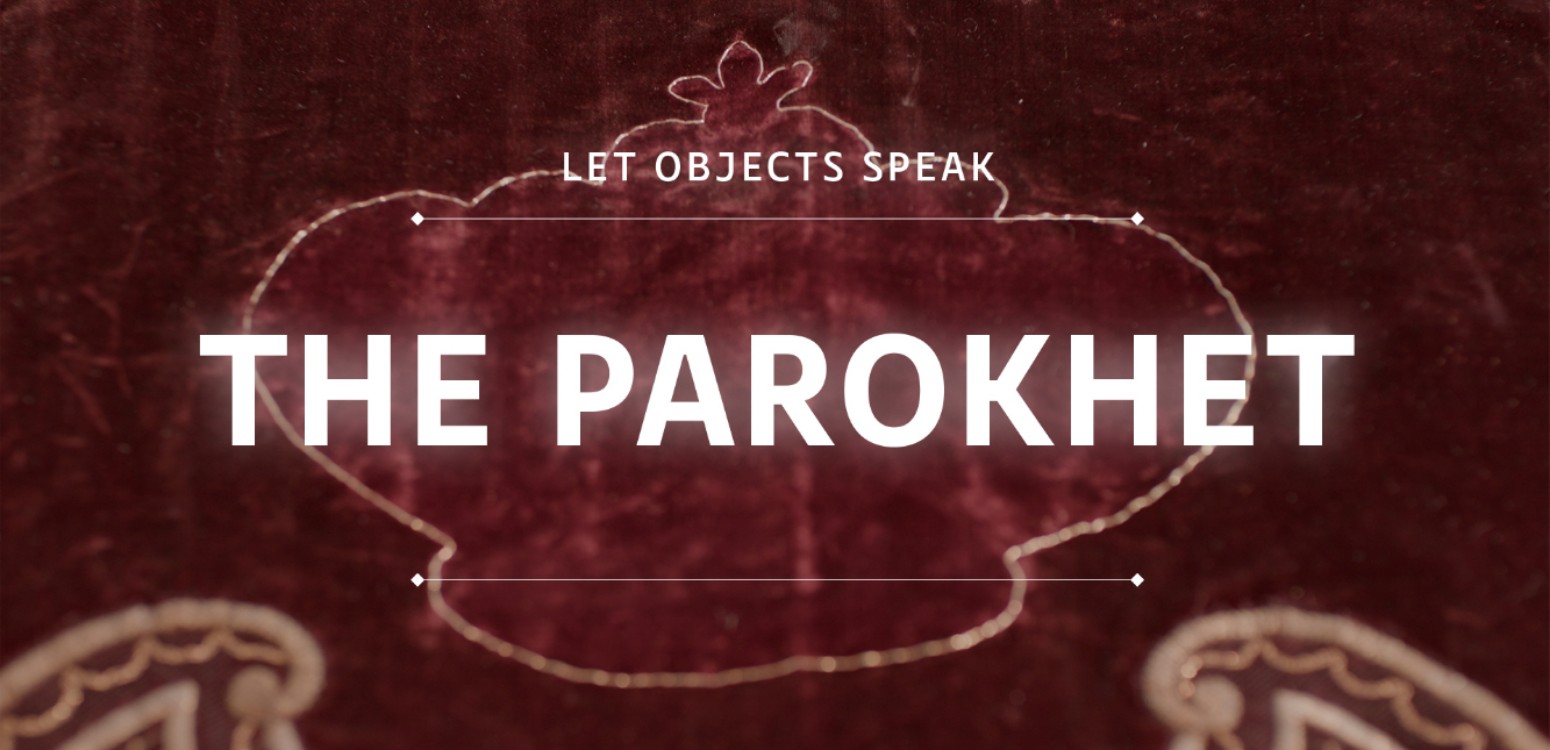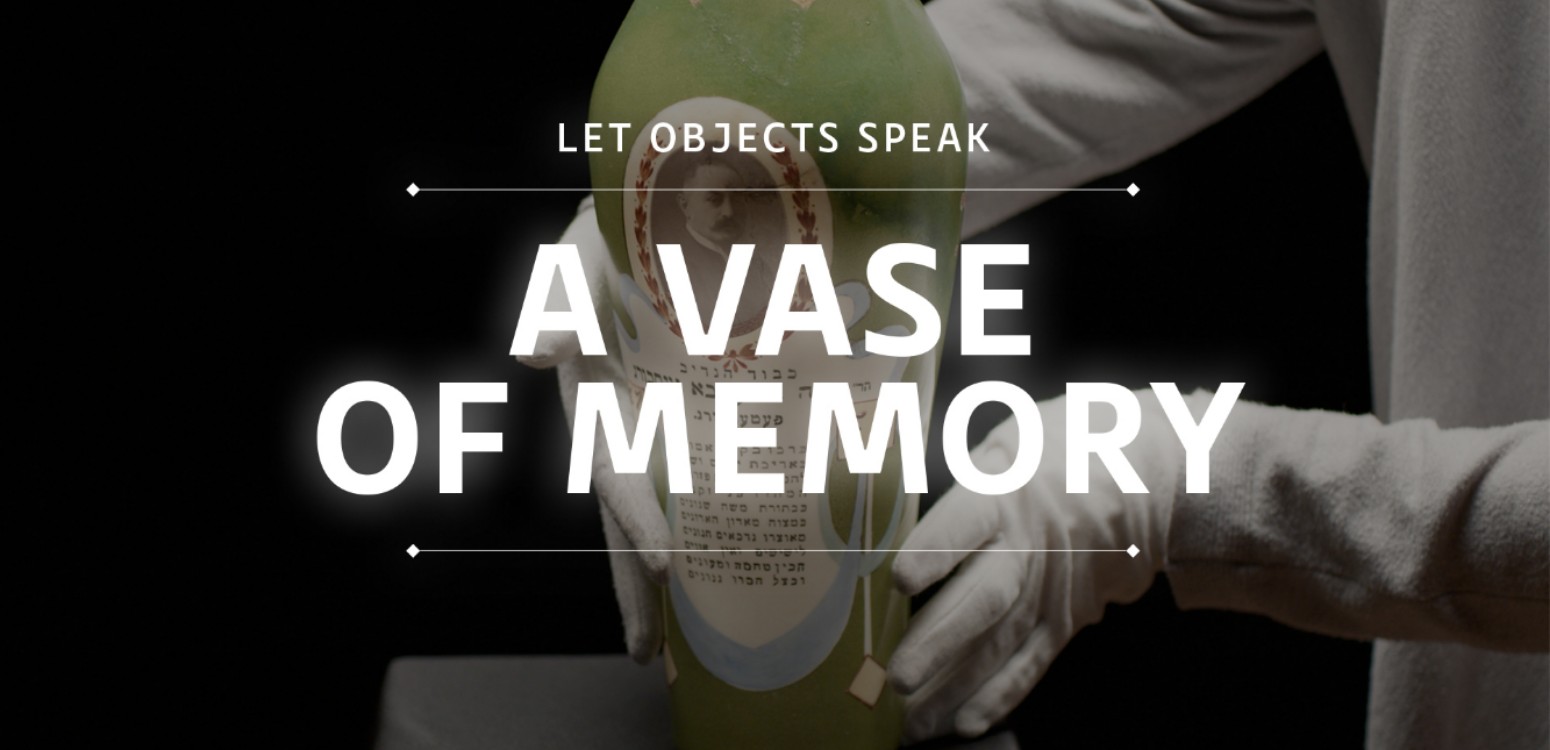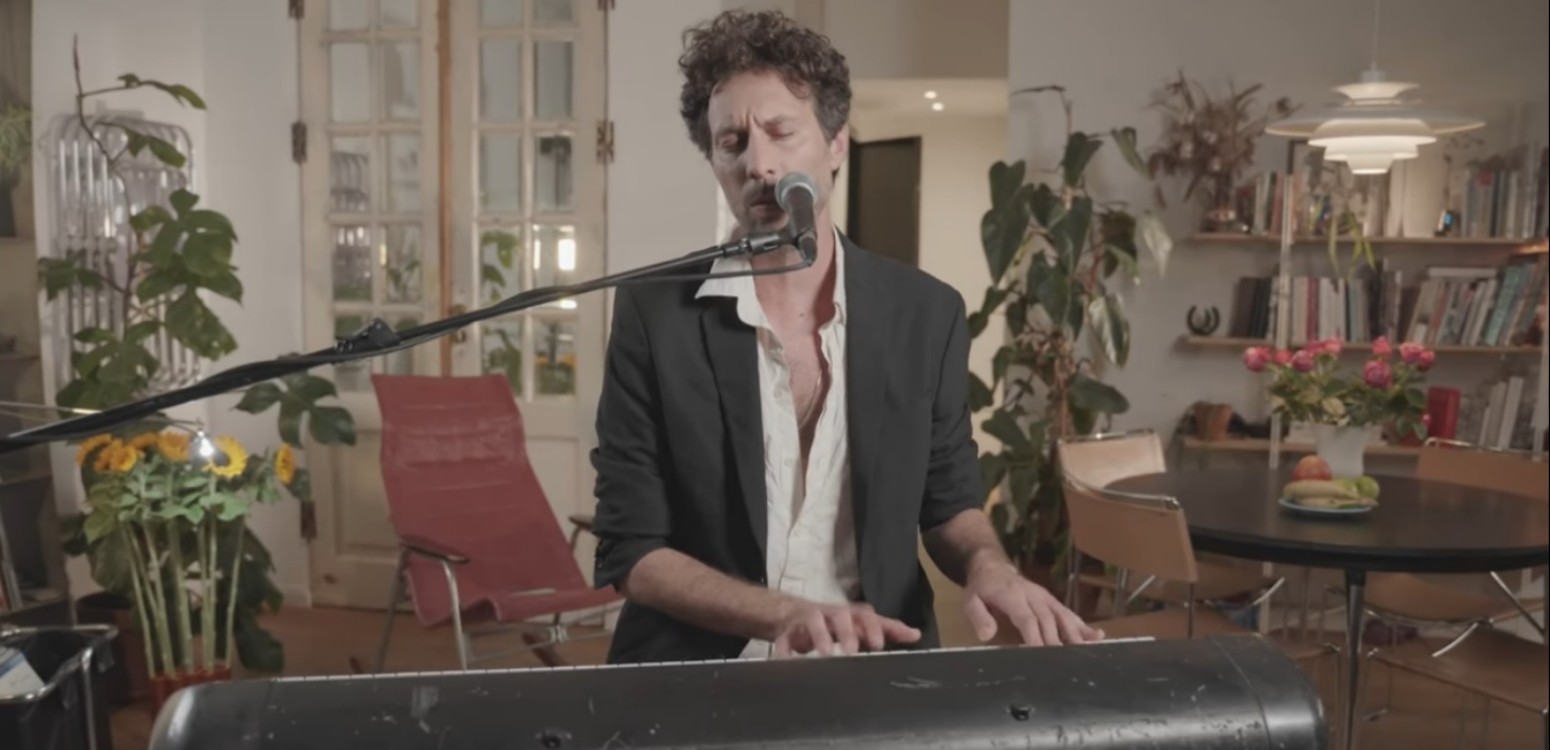
Pogroms in Europe prompted Pinchas Litvinovsky to return to Eretz Israel and join the nascent art scene there
Despite all this creativity, the shifting social and political situation in Russia caused a wave of pogroms that devastated the Jewish communities. Even the most integrated Jewish artists, writers, and musicians grappled with fear, displacement, and loss. Litvinovsky’s own brother and sister were murdered in the pogroms. This tragedy no doubt influenced his decision to return to Palestine.
Together with his wife Liza (née Torgovsky), whom he married in 1917, he left Odessa in November 1919 on the steamship “S.S. Ruslan”, a difficult voyage that included traveling through Crimea and Turkey.
Often referred to as “the Zionist Mayflower”, the 671 passengers, the 671 passengers on board the ship included celebrated artists and writers who, like Litvinovsky, were fleeing Russia’s antisemitism: Rachel Bluwstein, later to be known as Israel’s poet Rachel; historian Joseph Klausner, who would become professor of modern Hebrew literature and history at the Hebrew University and a candidate for president in the first Israeli presidential election in 1949; Ze’ev Rechter, the pioneering architect who would go on to design many of Israel’s iconic buildings; Poet Yonatan Ratosh, founder of the "Canaanites" movement who had considerable impact on contemporary Israeli poetry; Dr. Arie Dostrovsky, later dean of the Faculty of Medicine in the Hebrew University; Moshe Glikson, who would become the chief editor of Haaretz; Yakov Pereman, whose bookstore in Odessa, called Kultura, was a hub of Jewish intellectual life. Pereman was also an art collector; he brought to Israel 250 paintings by Jewish artists, many of whom remained in Russia.
The 25-year-old Litvinovsky and his wife arrived in Eretz Israel completely destitute. They first lived in Tiberias, the same town as his close friend and fellow artist Menachem Shmidt (Menachem Shemi). Then, after a short while, they moved to Jerusalem.
In fact, it wasn’t until almost three decades later, after Israel’s War of Independence, when Litvinovsky was 54 years old, a penniless widower (Litvinovsky’s wife Liza died in 1944; he never remarried) and living in a cheap Jerusalem hotel, that he was able to receive better accommodation. On a chance visit to pick up a portrait, Moshe Dayan saw the artist’s dire living conditions. The commander of the Jerusalem front then ensured that Litvinovsky could stay at the top floor of a house that had been abandoned during the War. That was where Litvinovsky would live until his death. Despite written promises in the 1960s that this apartment would be turned into a museum, years after the artist’s death the premises were confiscated and his works relegated to one room. Later, after a prolonged legal battle, the city eventually evicted his works too.
**
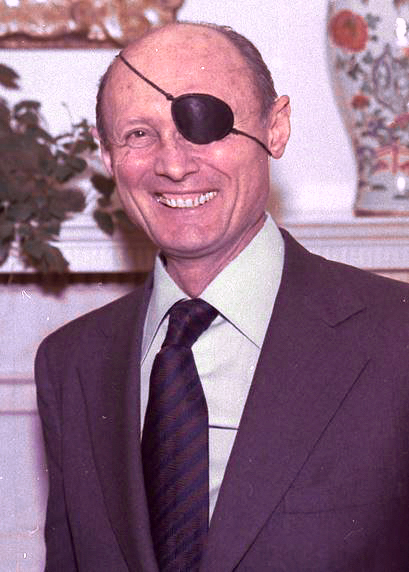
When Litvinovsky returned to Eretz Israel, its art scene was still very much in the early stages of development. It wasn’t until 1924, five years after Litvinovsky arrived, that he took part in an exhibition organized by the Association of Hebrew Artists, where he presented 22 studies and sketches in a constructivist-cubist style. At the time, few people bought his paintings (one noteworthy exception was the well-known Jerusalem ophthalmologist Avraham Ticho, an early collector of Litvinovsky’s works, and husband of the painter Anna Ticho); he could barely earn a living.
In the years that followed, Litvinovsky’s fame grew. He designed a Cubist-Futuristic cover image for Avraham Shlonsky’s collection of poems called “Pain”, and in 1925 again participated in the Association of Jewish Artists’ exhibition with works in the Russian avant-garde style depicting Jewish themes. These were praised by art critics who compared them to works by Marc Chagall. The same year, Litvinovsky worked on costume sketches for the production of “The Dybbuk” as well as a series of brightly colored paintings with Oriental motifs. He also taught at Bezalel, though never formally becoming member of the art academy’s staff.
In 1925, Litvinovsky designed the logo for the newly created Ohel Theater using abstract geometric forms akin to the style of El Lissitzky. A year later, the works that he exhibited as part of Ohel Theater’s “Modern Artist Exhibition” drew high praise. Simcha Eizen wrote in the Davar newspaper:
Litvinovsky has almost no equal in Israel; he has penetrated deeply into the influences of Western painting and has an excellent command of technique. Since 1925, Litvinovsky’s works have displayed a close connection to Russian avant-garde from which his path began to those in the style of Chagall and Matisse.
And P. Romanov, art critic for the Doar Hayom newspaper, noted:
Litvinovsky is a great artist who strives to reveal the soul of the people in his paintings. They bear the imprint of spiritual peace...and although Chagall’s influence is felt in them, he follows his own unique artistic path.
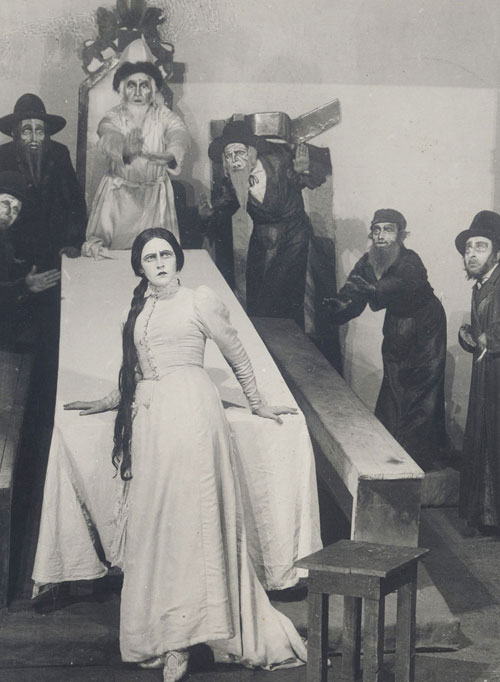
Visit the Exhibition "You Must Choose Life – That Is Art: Pinchas Litvinovsky".
Also at Beit Avi Chai

